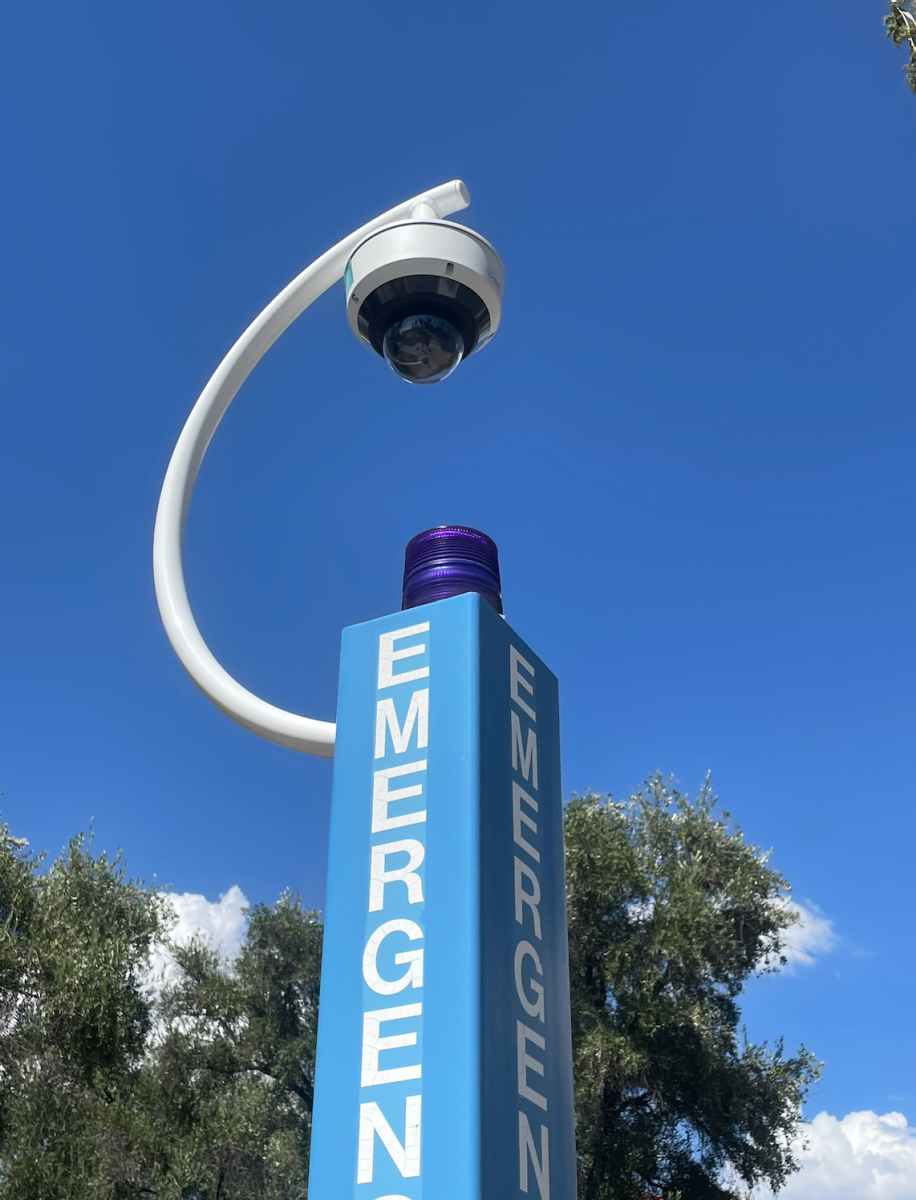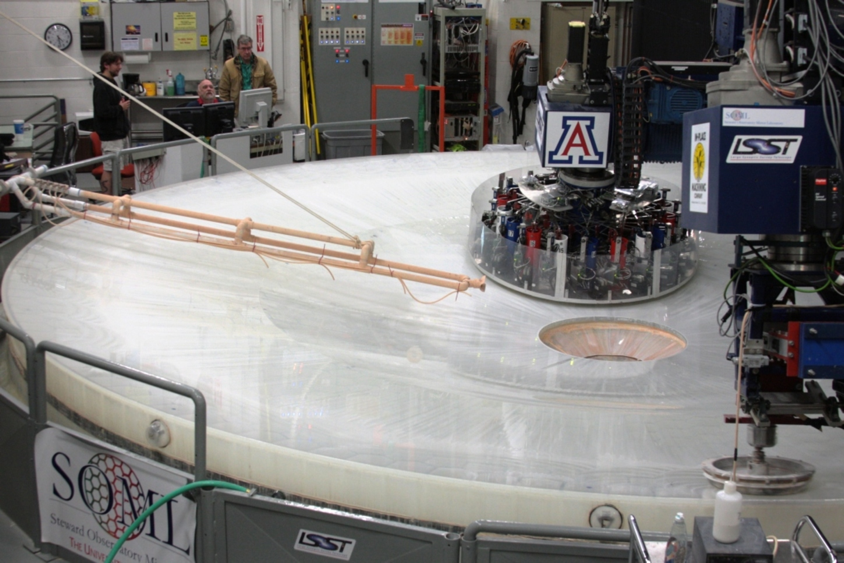With the return of students to campus this August, the University of Arizona chose to increase the presence of security on campus in the hopes of creating a more secure environment for their students. These measures consist of the addition of new blue light emergency phones, attached security cameras on certain blue lights located in busier areas, such as the mall and the University campus gates, and naloxone kits located in specific locations on campus.
“Every year we have new students coming onto our campus. It is therefore important that people coming onto campus know what resources are available and what to do in the event of an emergency,” Chief Safety Officer Steve Patterson said.
According to Patterson, the UA Office of Public Safety added a new layer to the interactive UA Public Map designed to help students, faculty, staff and visitors navigate campus, classrooms and parking, while also providing important health and safety information.
The locations of this new layer include:
- Automated External Defibrillators (AED)
- Stop the Bleed kits
- Naloxone kits for rapidly reversing an opioid overdose
- Blue light emergency phones
- Building evacuation plans
“It’s not enough to talk about safety resources. Knowing where safety resources are before an emergency happens can be life-saving,” Patterson said.
The reason for these new additions remains unclear, as the only reasoning that Patterson gave was, “Campus safety is a never-ending charge. The Office of Public Safety is always looking to improve safety for our community.”
According to Patterson, all students are also encouraged to complete the Threat Assessment and Management Training (TAMT) and other important trainings, which can be found at safety.arizona.edu.
“Over the summer, the director of the Threat Assessment and Management Team (TAMT) Dr. Jessie Semmann developed this training to help our community understand targeted violence,” Patterson said.
This training includes identifying warning behaviors and can be a valuable resource to help students, faculty, and staff prevent and mitigate risk and address their safety concerns.
Additionally, Patterson reminds students that knowing what to do in an emergency is important and to take recommended steps to safeguard, such as:
- Avoid walking alone after dark.
- Use alternate transportation such as the Parking & Transportation Services Night Cat, ASUA SafeRide, taxis or ride-hailing services like Uber and Lyft.
- Call UAPD at 520-621-8273. When available, UAPD may provide a walking or driving escort to your on-campus location or vehicle.
- Walk in well-lit areas.
- Know where you are going and familiarize yourself with alternate routes in case you must change your direction to avoid potentially unsafe or uncomfortable situations. If you change direction, go toward populated areas for safety.
- Use the university’s more than 300 emergency blue light 911 phones located across campus and in classrooms and elevators. The phones automatically share their location and are directly connected to UAPD.
- University students, faculty and staff can download the LiveSafe app for free, real-time assistance, such as connecting to 911, ASUA SafeRide or a map to help navigate on campus.
Follow the Daily Wildcat on Instagram and Twitter/X









